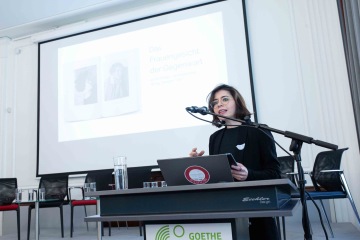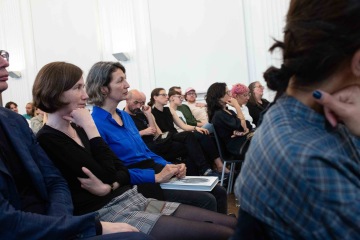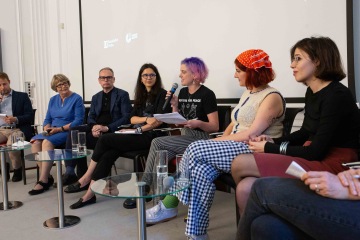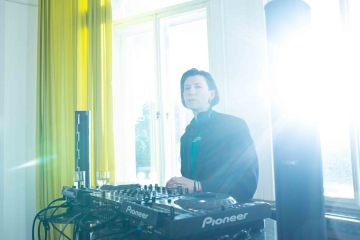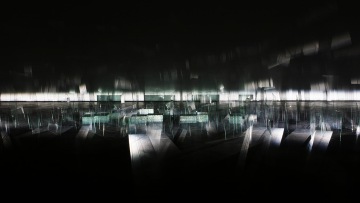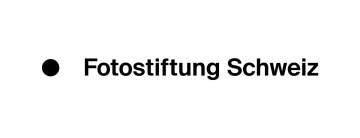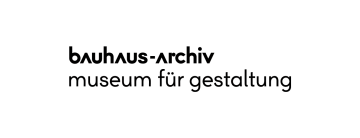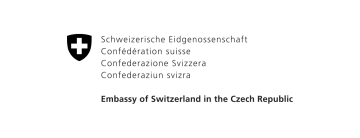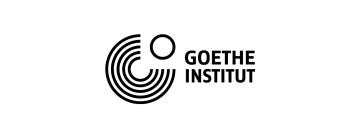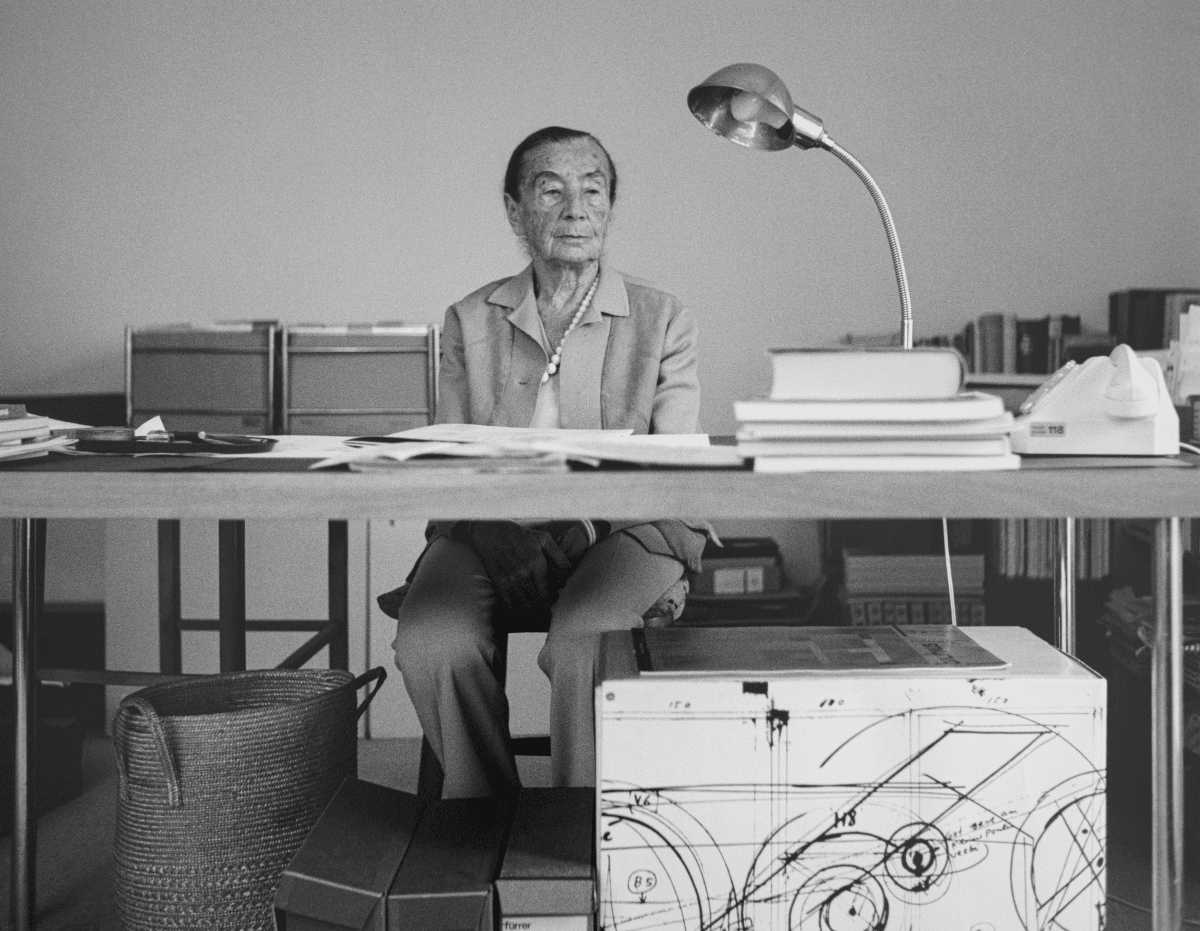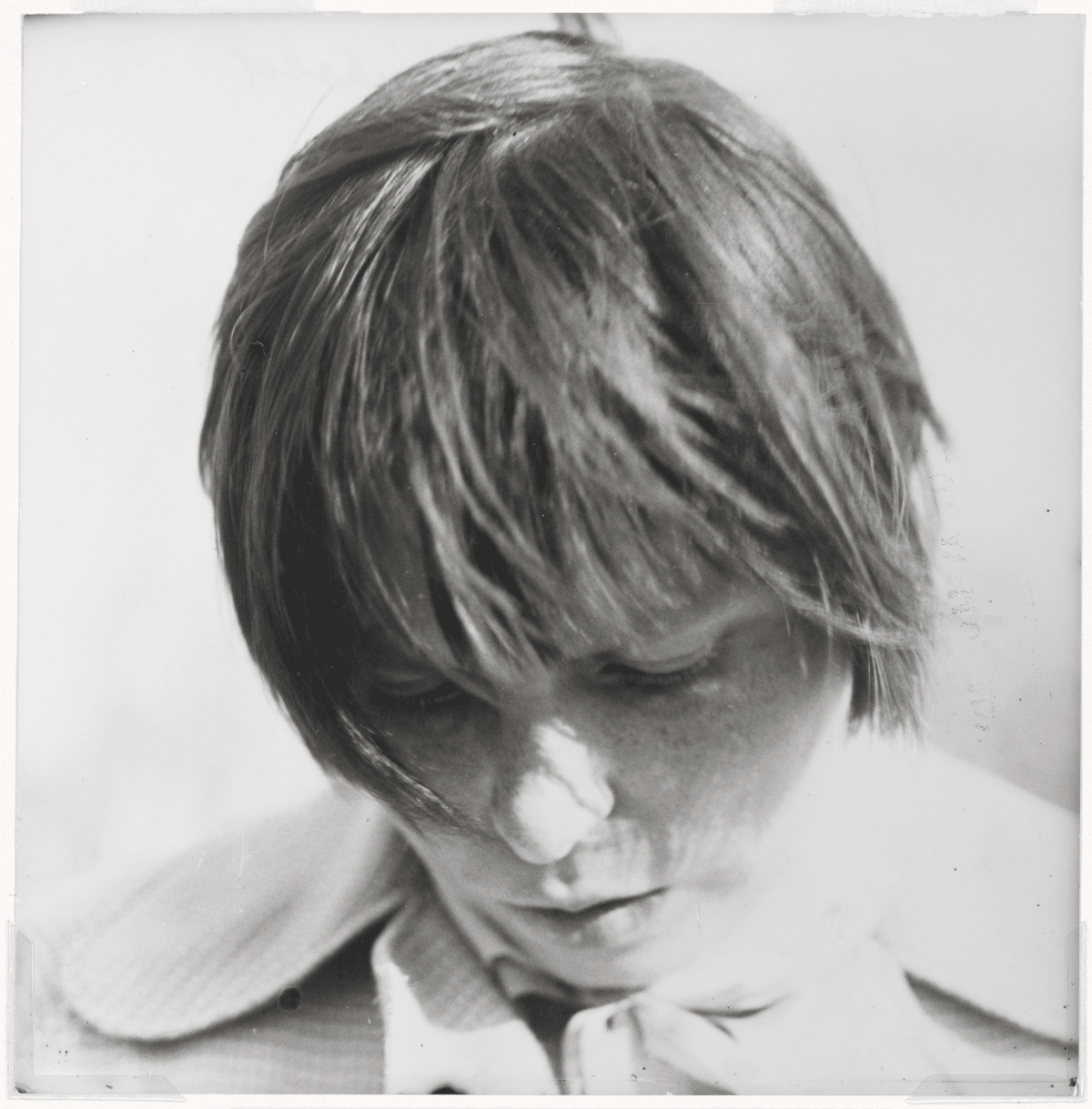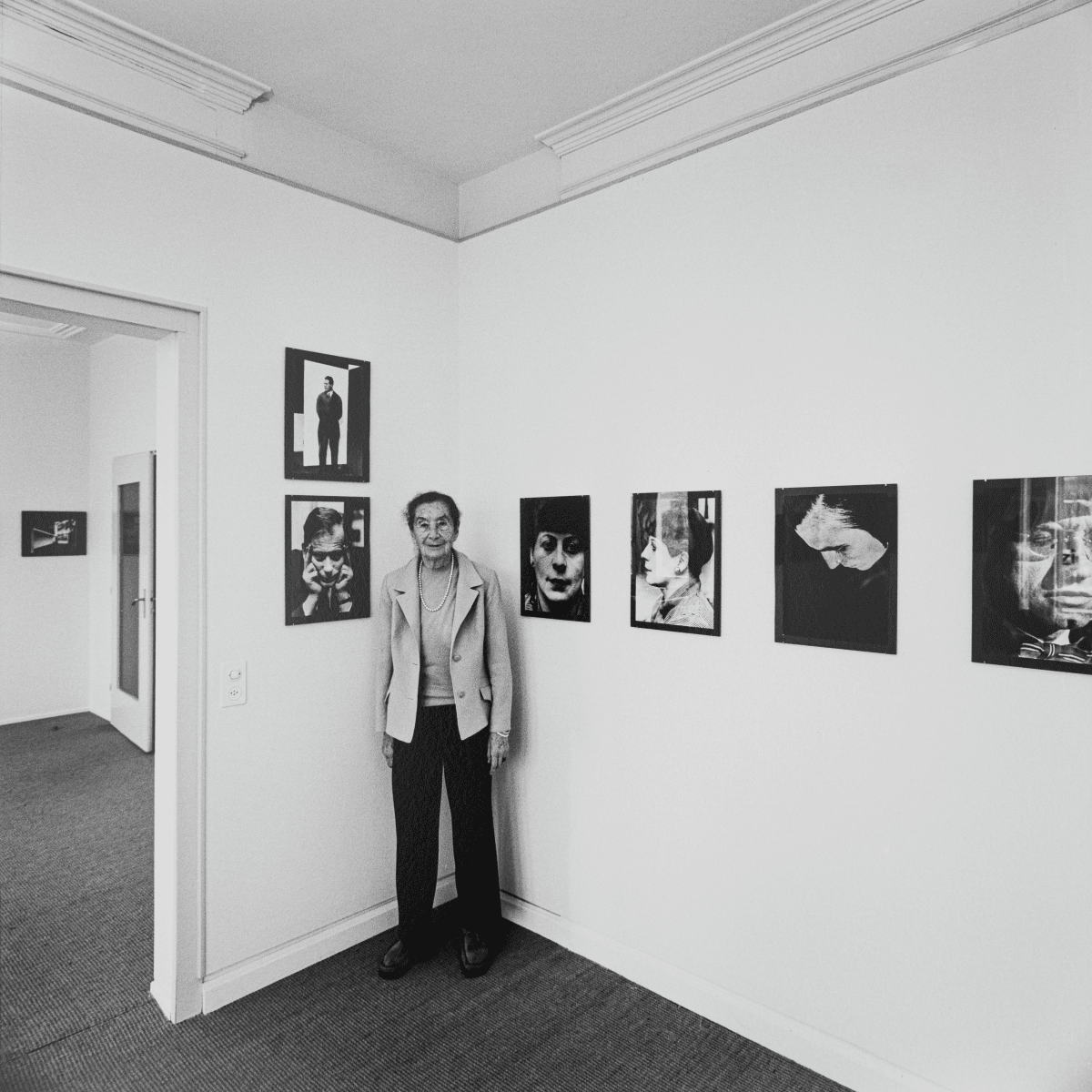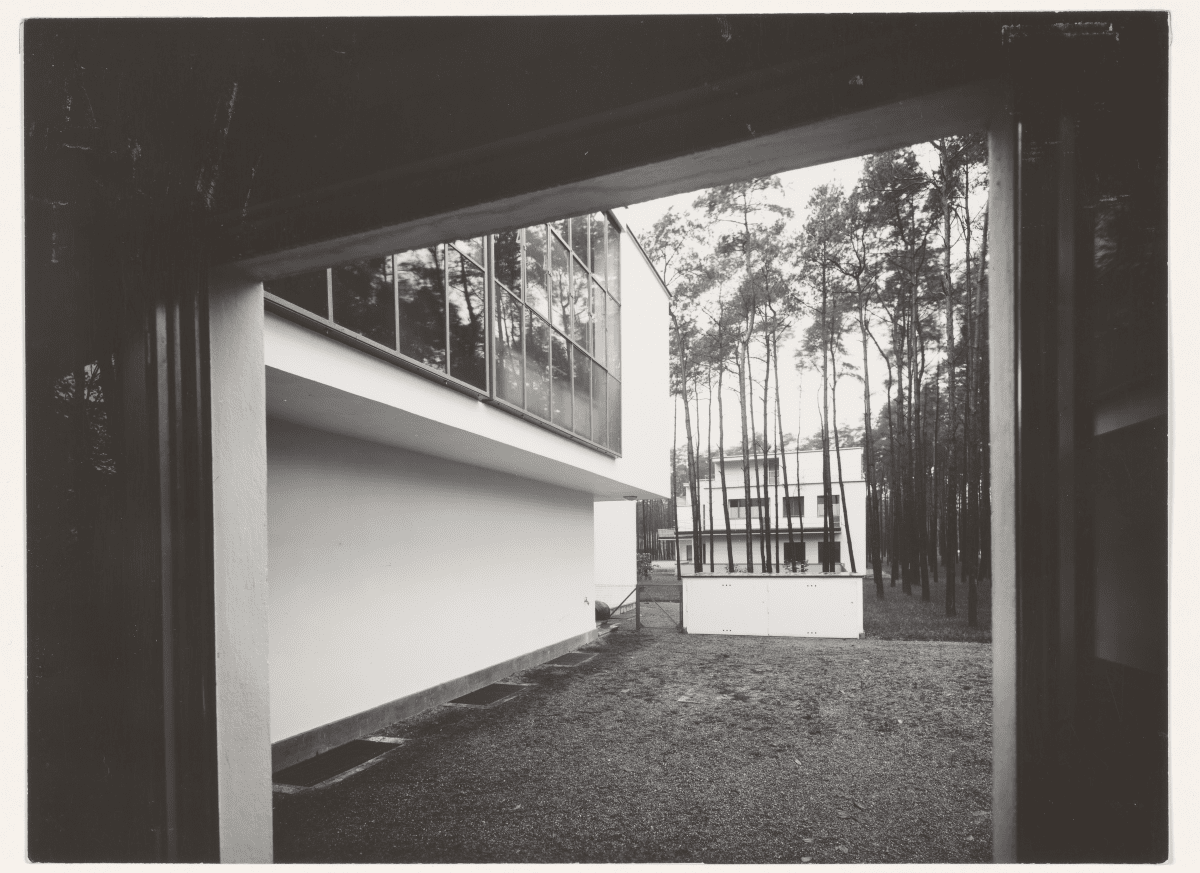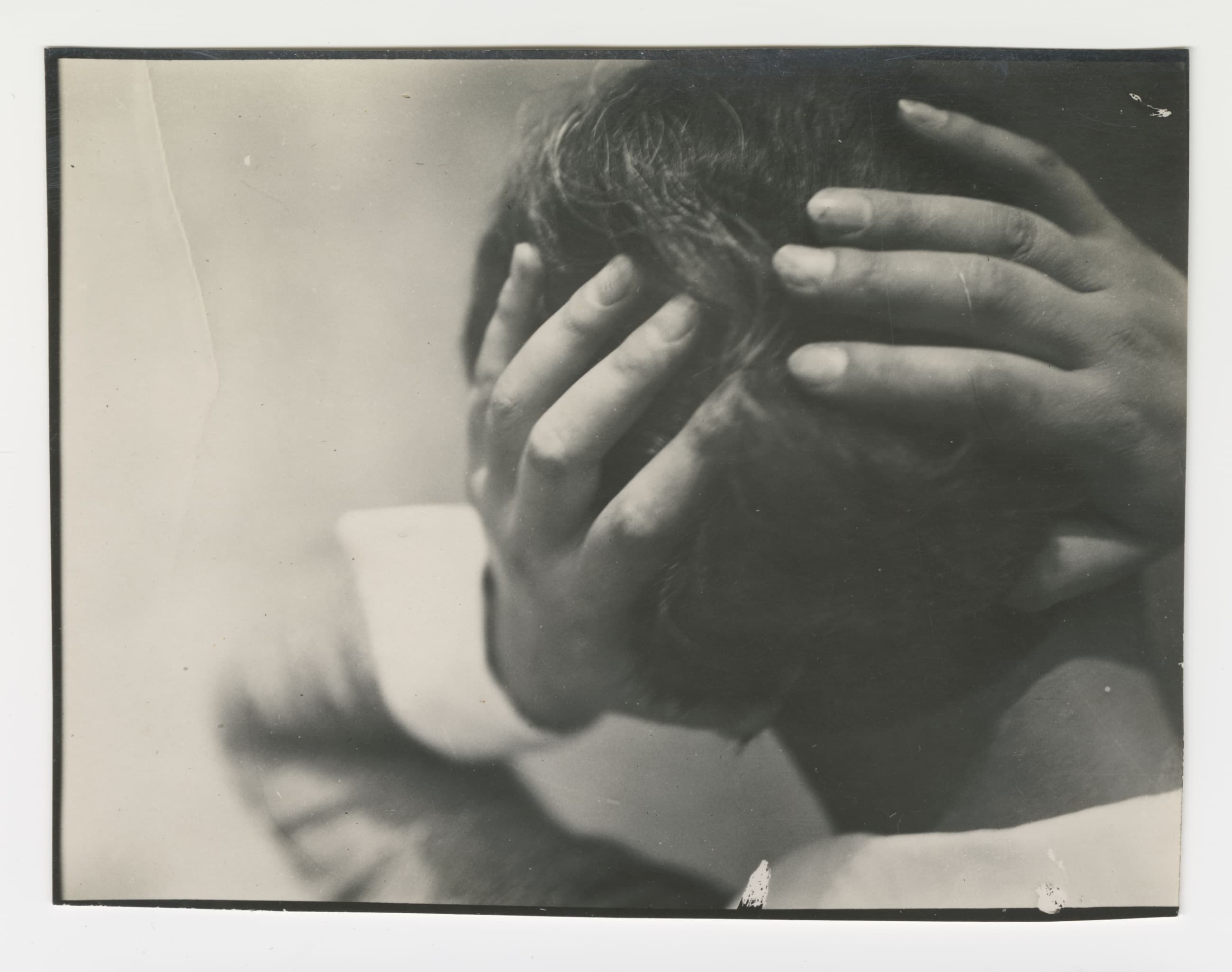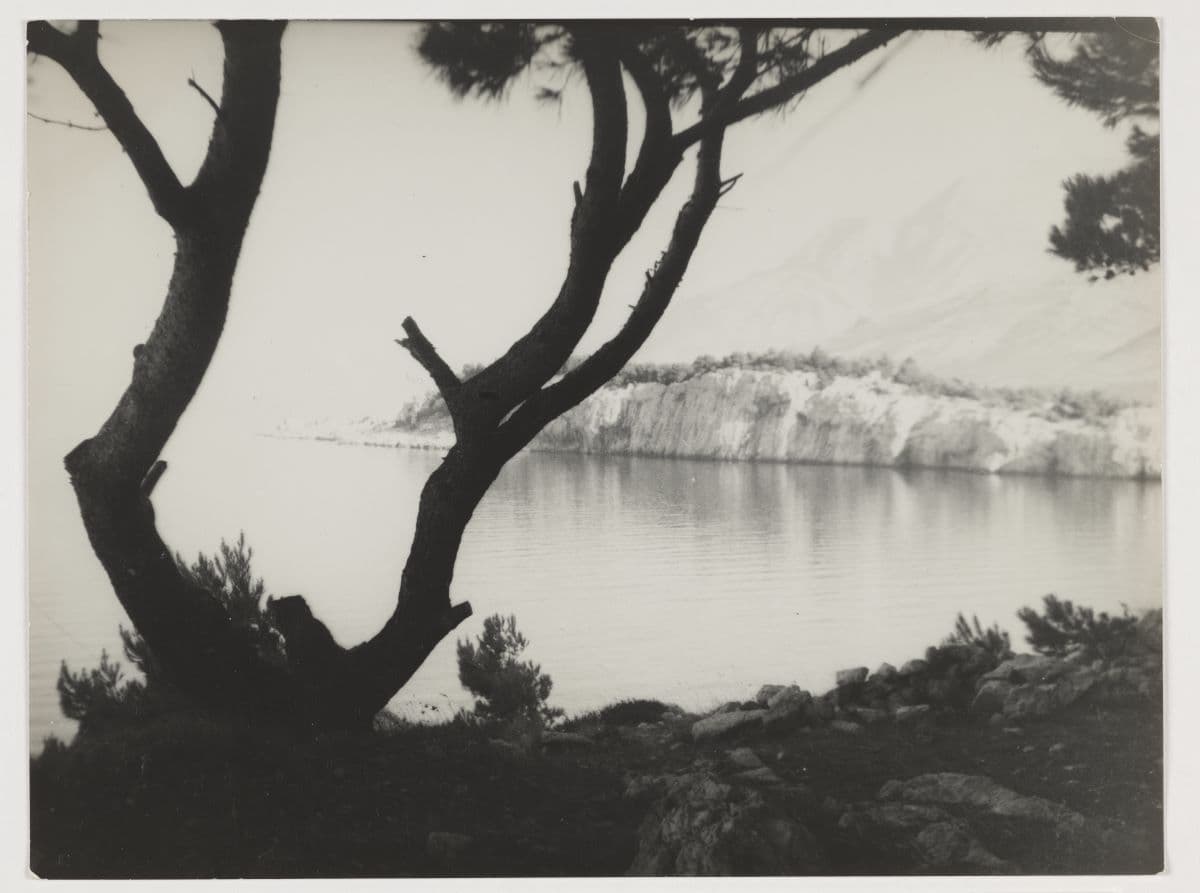Lucia Moholy: Exposures
Lucia Moholy: Exposures
Uncredited Bauhaus photographer to receive a major retrospective. Kunsthalle Praha presents Exposures, the first comprehensive exhibition on the life and work of Lucia Moholy.
30/5 2024—28/10 2024
Gallery 1 & 2
Curated by Meghan Forbes, Jan Tichy and Jordan Troeller
In collaboration with Christelle Havranek (Chief Curator, Kunsthalle Praha)
From 30 May to 28 October 2024, Kunsthalle Praha displays Exposures, the first major retrospective following the life of the Prague-born photographer and writer Lucia Moholy (1894–1989). Spanning her entire career from the 1910s to the 1970s, the exhibition presents more than 600 photographs, microfilms, letters, articles, books, and audio interviews, many formerly unseen. It is the first exhibition to place better known photographs taken during her time at the Bauhaus and Britain into dialogue with her work as an information scientist in Turkey and a central figure in the Zurich art scene of the 1960s and 70s. Addressing missing works in Moholy’s oeuvre, it also incorporates installations by the contemporary Czech artist Jan Tichy. Exposures is a collaborative project with Fotostiftung Schweiz in Winterthur, where it is on display in spring 2025.
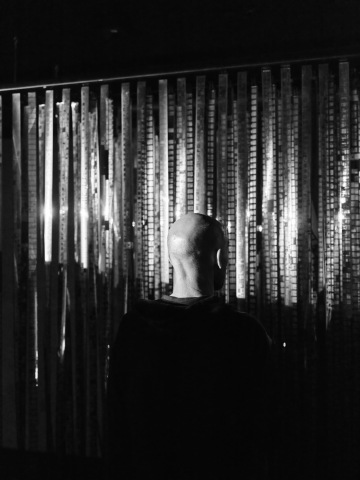
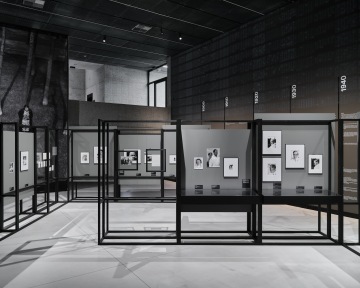
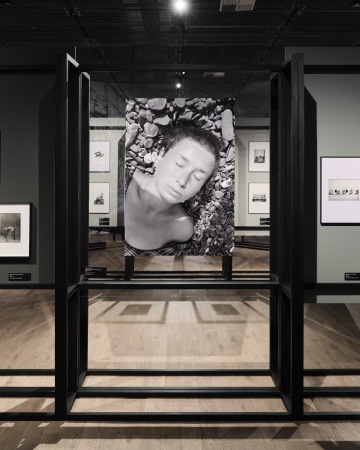
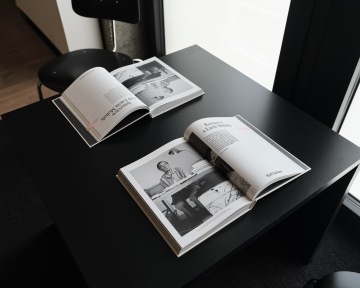
© Vojtěch Veškrna
Explore the exhibition with our digital guide! Navigate around key artworks, either from the comfort of your home or right in the Kunsthalle:
You can also read the exhibition brochure online. It will help you find your way around the gallery:
As the first comprehensive presentation of Moholy’s visual and textual production, Exposures will chronologically trace her engagement with photography, the arts, publishing, and information science. Despite these significant contributions, Moholy was rarely credited for her emblematic photographs of the Bauhaus architecture and its representatives. The curatorial team, comprising Meghan Forbes, Jan Tichy and Jordan Troeller, have delved into newly discovered materials shedding light on overlooked themes in Moholy’s oeuvre, such as documentation, artistic experimentation, and photo-mechanical reproduction.
Born as Lucie Schulz in the capital of Bohemia and growing up in a Czech-German-Jewish household, during WWI Lucia Moholy moved to Germany to work in publishing and was active in the German Youth Movements. It was within the post-WWI vibrant social milieu that she met Hungarian artist László Moholy-Nagy. Married in 1921, the couple started exploring visual, textual, and auditory reproduction methods, which they articulated in their influential essay Production-Reproduction (1922), published in the prominent magazine De Stijl.
Lucia Moholy photographed her peers while residing at the Bauhaus in Weimar and later at its new campus in Dessau from the mid-1920s. Her practice continued after relocating to Berlin until the early 1930s, during which she taught at the Johannes Itten Schule and connected with individuals from other institutions of radical pedagogy like Loheland and Schwarzerden. This collection of portraits – on display in the exhibition –offers a visual narrative of Moholy’s network and community, predominantly comprised of women during the interwar period. Notable figures portrayed include Florence Henri, Otti Berger, Clara Zetkin, and others.
Moholy was forced to flee Berlin following the rise of fascism in 1933. In the hasty departure, her glass plates were both too heavy and too fragile for her to carry alone. As such, she left hundreds of negatives in the care of Walter Gropius and László Moholy-Nagy. These were extremely valuable, not only to Moholy as an embodiment of her life’s work but also to those whose work they documented. Moholy’s photographs were extensively published without credit and played a significant role in Bauhaus’ public perception.
Alongside Moholy’s Bauhaus works, a section of the exhibition will also deal with her time in London, where without a portfolio to prove her photographic skills, she began anew and opened a portrait studio. Her photographic studio sitters included members of the Bloomsbury Group and other prominent artists, scientists, and intellectuals, many of whom were involved in Britain’s anti-fascist movement. She contributed to early discussions around establishing the first museum of photography and wrote the first mass-market cultural history of photography, A Hundred Years of Photography 1839–1939, which was published in September 1939 in a run of forty thousand copies that quickly sold out.
Left without a studio after it was destroyed in the bombing of London, Moholy found work in the then emerging field of microfilm as a technology of information scientist. Working from the Victoria and Albert Museum as the director of the Aslib (Association of Special Libraries and Information Bureaux) Microfilm Service, she copied smuggled German scientific publications for Britain’s strategic use in the war. She also devised a means of projecting text for wounded soldiers to read in bed, represented in the exhibition by Jan Tichy’s interactive installation. Moholy later established her own consulting office, which she called Documentary Services. Her work earned her the position of “technical expert” at UNESCO. Moholy undertook extensive travels through the Middle East after the Second World War, working closely with the university and library in Ankara, and independently taking photographs of the region.
The exhibition also traces Moholy’s artistic contributions in Zurich, where she moved in 1959. In dialogue with younger Swiss artists including Giorgio Hoch and Vera Isler, Moholy began to be recognized as an important photographer and in the 1980s began to be included in feminist revisions of the art canon, due in part to the efforts of Swiss art historian Angela Thomas. Moholy was also regularly writing art reviews for the Burlington Magazine and editing prominent publications such as Who’s Who In the Graphic Arts.
It was during this time that she continued to diligently keep track of the ways her photographs from the Bauhaus were circulating without attribution, including in such prominent publications as an exhibition catalogue published by The Museum of Modern Art in New York. After mounting a letter campaign to her former colleagues to track down and regain credit and possession of these photographs, which she had thought had been lost during World War II, she discovered that Walter Gropius had taken them with him when he left Germany for the United States in the late 1930s and continued to use them to build the Bauhaus legacy abroad. After years of legal negotiations, in 1957, many of her negatives were returned. In the 1980s, Moholy wrote an article finally speaking publicly about her stolen negatives, although she did not implicate Gropius by name, describing the process as “a shattering experience.” Today, the Bauhaus-Archiv has 230 of the 560 negatives. 330 negatives, according to Moholy’s own card catalogue, are still missing.
Addressing these missing works are several interventions by contemporary Czech artist Jan Tichy, Associate Professor at the Department of Photography at the School of the Art Institute of Chicago. Responding to Moholy’s life and career, the installations prompt reflections on photography's relationship to cultural preservation, the status of photography as an art, and the subjugated role of women at the Bauhaus. Installation no. 30 (Lucia) (2016), features a projection on 330 glass plates arranged on the floor representing Moholy’s missing Bauhaus negatives. “Though belonging to different generations, Tichy and Moholy share many characteristics: both grew up in Prague; both experienced a life divided between several countries; both experimentally approach the photographic medium,” says Christelle Havranek, chief curator at Kunsthalle Praha.
To spark new discussions and engage a broader audience, Kunsthalle Praha has collaborated with the Goethe Institute in Prague, to host a day long symposium related to the life and work of the artist. Organised by Hana Buddeus and Meghan Forbes, titled Multiple Frames for Lucia Moholy: Contextualizing Photography, Gender, and Place in the 20th Century, the symposium will take place on 30 May 2024 and delve into topics such as the mechanics of photomechanical reproduction, emerging notions of gender and sexuality, and individual repercussions of geopolitical power dynamics during Lucia Moholy’s lifetime. Speakers include Camilla Balbi, Estelle Blaschke, Karel Císař, Sabine Hartmann, Julia Secklehner, and Angela Thomas. As part of its TransformArt series in September, the Kunsthalle Praha will host a lecture on Lucia Moholy by art historian Robin Schuldenfrei, Lecturer at The Courtauld Institute of Art, University of London. In addition to the exhibition, Kunsthalle Praha issues an accompanying publication edited by Jordan Troeller and distributed by Hatje Cantz. The publication presents new research into Moholy’s life and work, with essays by Oliver A. I. Botar, Annie Bourneuf, Hana Buddeus, Özge Baykan Calafato, Meghan Forbes, Michelle Henning, Rolf Sachsse, Robin Schuldenfrei, and Steffen Siegel, as well as an interview between Jan Tichy and Christelle Havranek. The Kunsthalle Praha has also released the first Czech translation, translated by Jakub Hauser, of Moholy’s bestselling book A Hundred Years of Photography 1839–1939 from 1939, furthering efforts to preserve the artist’s legacy.
The exhibition Lucia Moholy: Exposures is on display from 30 May until 28 October 2024 and is accompanied by an extensive programme of talks, screenings, and workshops.
It is organized by Kunsthalle Praha in collaboration with Fotostiftung Schweiz, Winterthur, where it continues from 8 February until 1 June 2025.
Kunsthalle Praha thanks to the main cooperation partner of the exhibition, the Bauhaus-Archiv in Berlin, and major artwork lenders and reproduction rights owners, Photo Elysée in Lausanne, and the National Gallery in London.
The exhibition is held under the honorary patronage of the Swiss Embassy in the Czech Republic.
Multiple Frames for Lucia Moholy: Recordings from the symposium
